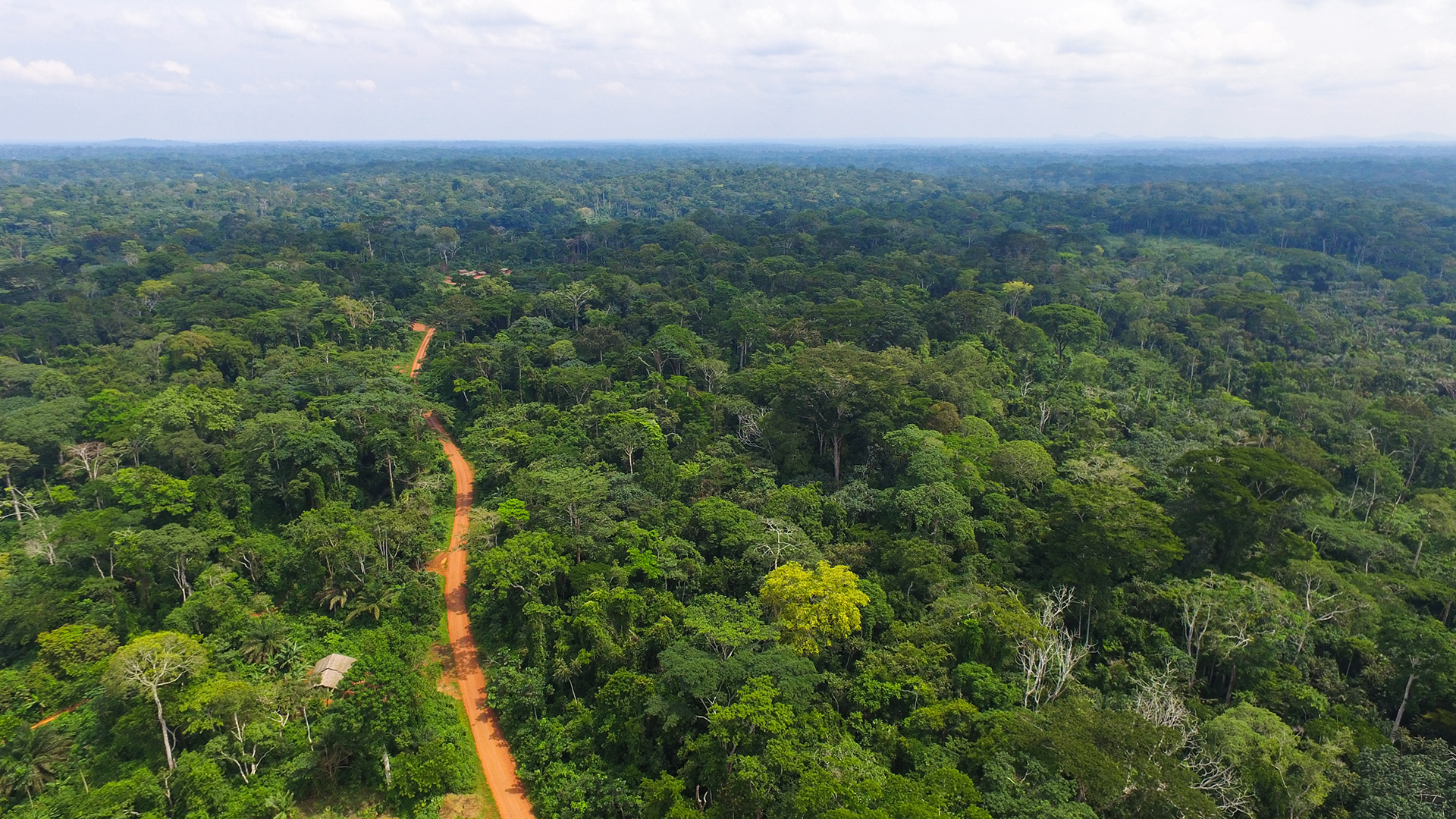Knowledge exchanges help national development banks in Latin America and the Caribbean to develop strategies to increase finance for the forestry sector.
National development banks (NDB) remain a key actor in the financing of the agricultural and forest sectors in Latin American countries. This makes them a crucial set of actors for financing the transition to more sustainable agricultural and forest sectors as well as in financing the implementation of activities within the country’s Nationally Determined Contributions (NDCs). NDBs have also sought, over the last years, to more systematically incorporate environmental considerations into their financial decision-making processes. Their importance can already be seen in the increased management of climate funds. It is estimated that NDBs currently account for 48% of climate resource mobilization in the region, while multilateral development banks account for 39%.
The UN-REDD Programme convened six virtual exchanges over the course of 2019 with 6 national development banks in the region with the aim of sharing experiences in the design and management of financial instruments for the forestry sector in Latin America. The exchanges focused on, topics such as the barriers faced for increasing financing to the sector, the characteristics of the financial instruments managed by the different NDBs and the non-financial services and sustainability policies were examined.
The NDBs presented the instruments they currently manage, among which credit lines, guarantee funds, private equity funds and some other types of non-financial services stand out. While the instruments used by the banks in the region tend to be similar, the destination and conditions of use of such instruments tend to be quite distinct. The majority of credit lines are oriented to commercial forest plantation projects, while a few banks have alternative credit lines for the establishment of other types of forestry development projects, such as agroforestry or silvopastoral systems. NDBs offer specific financial products oriented to the different stages of the production process such as establishment, maintenance, and industrialization, and have a great variety of conditions, such as amounts, terms, interest rates, and grace periods. The heterogeneity of the products and services made the discussion among the different entities enriching and allowed the different participants to learn from each other’s experiences.
A number of lessons learned from forestry programmes financed by NDBs suggest that further steps need to be taken to increase financing to the sector. Some of the main barriers and challenges are the lack of a formal market that would allow price formation, as well as production conditions for forest producers. In the absence of price regulation, and with a timber market that tends to fluctuate with shifts in demand, there is no suitable scenario for the creation of conditions conducive to a greater flow of financing towards the development of the sector. Other barriers are related to the lack of information and technical knowledge about species, particularly native species, and techniques for commercial plantations not only by producers but also by credit operators. Furthermore, another barrier is constituted by the high costs presented by the companies, especially in projects with long maturity periods.
In order to facilitate the financing of the forest sector or to reduce the cost of capital for the final clients, some NDBs also operates a series of public incentives given in various forms to producers to encourage desirable actions. Among the most used are direct incentives or matching grants and concessional interest rates.
Despite the wide scope and differences of the services, there is a growing awareness amongst NDBs of the potential contribution and importance of forestry investments to both economic and social development. At the same time, the contribution that the development of this sector can bring to the efforts of climate change mitigation in the countries of the region is also increasingly recognized. In order to play a more important role several possible action lines were identified, among which: the realization of impact studies on both financial and environmental/social performance of different instruments and incentives; increase the management and negotiation capacities of community forestry enterprises and awareness-raising about the possibility of doing intensive forest management in a sustainable way as this is one of the biggest opportunities to make the business in the region more profitable and competitive.
For more information on the exchanges and detailed information on the financial and non-financial services, contact Felipe Guntin (felipe.guntin@un.org) or Jacinto Coello (Jacinto.coello@un.org)
*The following banks participated in the exchanges: Agrobanco from Peru, Banco Hipotecario from El Salvador, Corporación Financiera Nacional from Equador, Fondo para el Financiamiento del Sector Agropecuario (FINAGRO) from Colombia, Fideicomisos Instituidos en Relación con la Agricultura (FIRA) from Mexico and Sistema Banca de Desarrollo (SBD) from Costa Rica.





